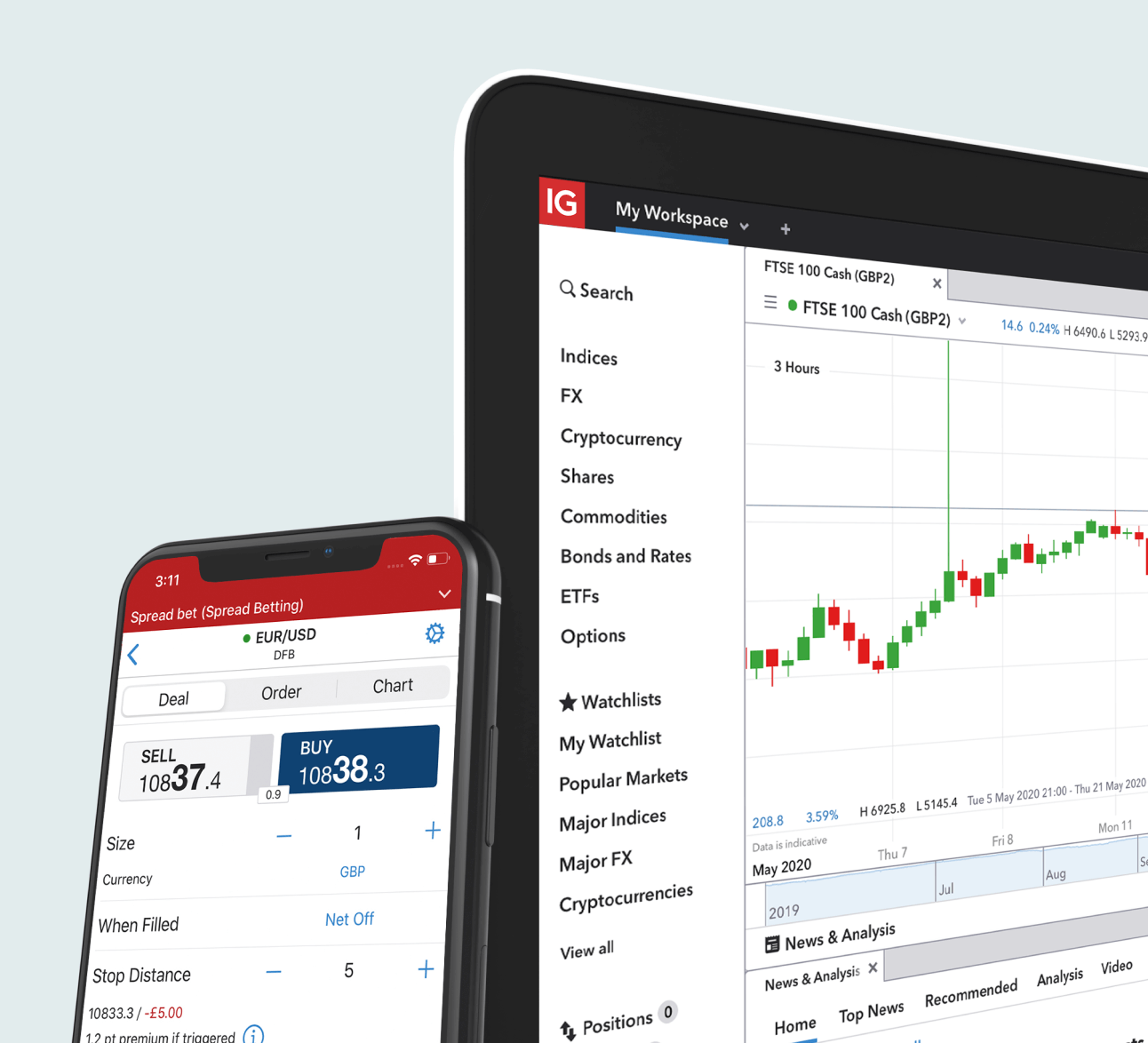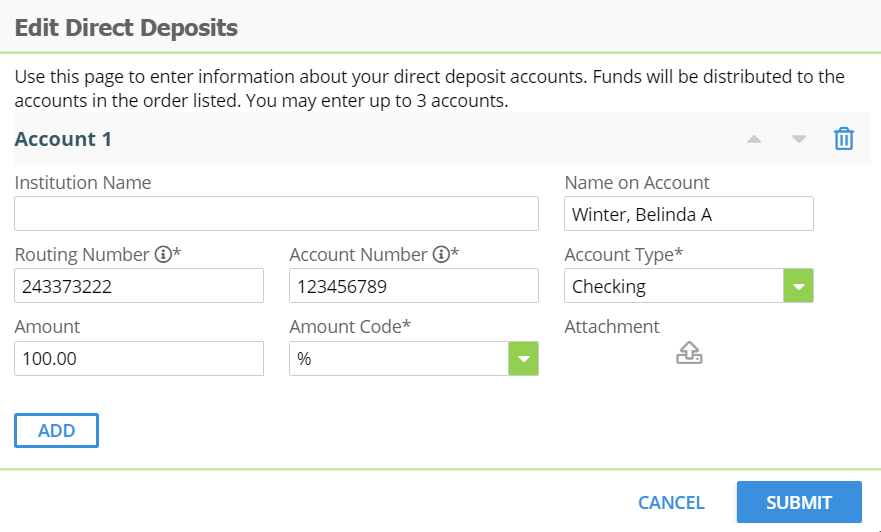
How do stock markets function? Buyers and sellers can see the first stage. This is the entire buying and selling process. However, the rest of the steps are performed behind-the scenes. Brokers place buy and/or sell orders, and buyers and sellers are able to interact with each other depending on market price. When the price of a stock reaches the buyers' price range, the broker places the sell order. This is a multi-stage process.
Investing In Stock Markets
Investing is lucrative, and can yield attractive returns. However, it's also important to note that there are no overnight investment strategies. Successful investing takes time. Don't expect to be successful overnight. Learn how to identify potential winners and losers and build a portfolio using your research. We will be discussing some of the most important tips to invest in stock markets.

Clearing
When a stock is traded on certain stock markets, the clearing price is established. This price is often the latest traded price. The volume of trading in the Order Book reflects the daily turnover of shares. Stocks that are actively traded have a fast clearing price. The price fluctuates between ninety-five and one hundred dollars each share. The market is at equilibrium between sellers and buyers because of this. There will likely be both buyers placing orders at very low prices as well as sellers who are open to receiving orders for extremely high prices.
Computer algorithms
One of the most effective methods for determining the best stocks to buy is computer algorithms. Computer algorithms work by using code to create a model that uses a template. The template is constructed at the beginning of each month and variables are added at the end. The code changes the portfolio every month to adjust for changes in market conditions. These programs can also employ a risk-adjustment function to identify stocks that are undervalued and overvalued.
Supply and demand
Price movements in the stock exchange are controlled by the basic principles of supply & demand. If there is more demand than supply for a stock, it will rise and attract buyers. The price of a stock will rise if it is in high demand. This will attract buyers to buy. This is called a supply-demand imbalance. However, there are many other factors that can influence this dynamic such as low earnings or high debt levels, balances and the overall economic outlook.

Bear markets
If you are an investor, you might be wondering, "How do bear market work?" There is no "correct" time in the stock market. Investors panic when they see bear markets coming. This panic, however, can be detrimental, as panicking will only worsen the situation. Instead, you should invest for the long haul. We will be covering the basics and explaining why bear markets should not be ignored.
FAQ
Is it possible for passive income to be earned without having to start a business?
It is. In fact, many of today's successful people started their own businesses. Many of these people had businesses before they became famous.
You don't necessarily need a business to generate passive income. You can create services and products that people will find useful.
Articles on subjects that you are interested in could be written, for instance. You can also write books. Consulting services could also be offered. Your only requirement is to be of value to others.
What are the 4 types of investments?
There are four main types: equity, debt, real property, and cash.
A debt is an obligation to repay the money at a later time. It is usually used as a way to finance large projects such as building houses, factories, etc. Equity is when you purchase shares in a company. Real estate is when you own land and buildings. Cash is what you currently have.
You are part owner of the company when you invest money in stocks, bonds or mutual funds. You share in the losses and profits.
Can I make my investment a loss?
You can lose it all. There is no 100% guarantee of success. However, there is a way to reduce the risk.
One way is diversifying your portfolio. Diversification reduces the risk of different assets.
Another option is to use stop loss. Stop Losses let you sell shares before they decline. This decreases your market exposure.
Margin trading is also available. Margin trading allows for you to borrow funds from banks or brokers to buy more stock. This increases your chance of making profits.
How can I invest and grow my money?
Learning how to invest wisely is the best place to start. By learning how to invest wisely, you will avoid losing all of your hard-earned money.
Learn how to grow your food. It's not as difficult as it may seem. With the right tools, you can easily grow enough vegetables for yourself and your family.
You don't need much space either. It's important to get enough sun. Plant flowers around your home. They are simple to care for and can add beauty to any home.
Finally, if you want to save money, consider buying used items instead of brand-new ones. You will save money by buying used goods. They also last longer.
Do I require an IRA or not?
An Individual Retirement Account is a retirement account that allows you to save tax-free.
To help you build wealth faster, IRAs allow you to contribute after-tax dollars. They also give you tax breaks on any money you withdraw later.
IRAs are particularly useful for self-employed people or those who work for small businesses.
Many employers offer matching contributions to employees' accounts. This means that you can save twice as many dollars if your employer offers a matching contribution.
Statistics
- An important note to remember is that a bond may only net you a 3% return on your money over multiple years. (ruleoneinvesting.com)
- According to the Federal Reserve of St. Louis, only about half of millennials (those born from 1981-1996) are invested in the stock market. (schwab.com)
- As a general rule of thumb, you want to aim to invest a total of 10% to 15% of your income each year for retirement — your employer match counts toward that goal. (nerdwallet.com)
- Over time, the index has returned about 10 percent annually. (bankrate.com)
External Links
How To
How to save money properly so you can retire early
Retirement planning is when you prepare your finances to live comfortably after you stop working. It's the process of planning how much money you want saved for retirement at age 65. You should also consider how much you want to spend during retirement. This includes things like travel, hobbies, and health care costs.
You don't need to do everything. Many financial experts are available to help you choose the right savings strategy. They'll look at your current situation, goals, and any unique circumstances that may affect your ability to reach those goals.
There are two main types: Roth and traditional retirement plans. Traditional retirement plans use pre-tax dollars, while Roth plans let you set aside post-tax dollars. It depends on what you prefer: higher taxes now, lower taxes later.
Traditional Retirement Plans
Traditional IRAs allow you to contribute pretax income. You can contribute if you're under 50 years of age until you reach 59 1/2. If you wish to continue contributing, you will need to start withdrawing funds. Once you turn 70 1/2, you can no longer contribute to the account.
A pension is possible for those who have already saved. These pensions are dependent on where you work. Some employers offer matching programs that match employee contributions dollar for dollar. Some offer defined benefits plans that guarantee monthly payments.
Roth Retirement Plan
Roth IRAs do not require you to pay taxes prior to putting money in. Once you reach retirement age, earnings can be withdrawn tax-free. However, there are limitations. There are some limitations. You can't withdraw money for medical expenses.
A 401(k), another type of retirement plan, is also available. Employers often offer these benefits through payroll deductions. Extra benefits for employees include employer match programs and payroll deductions.
401(k), plans
Most employers offer 401k plan options. They let you deposit money into a company account. Your employer will automatically contribute a percentage of each paycheck.
The money you have will continue to grow and you control how it's distributed when you retire. Many people prefer to take their entire sum at once. Others spread out their distributions throughout their lives.
You can also open other savings accounts
Some companies offer other types of savings accounts. TD Ameritrade can help you open a ShareBuilderAccount. You can use this account to invest in stocks and ETFs as well as mutual funds. Additionally, all balances can be credited with interest.
At Ally Bank, you can open a MySavings Account. You can deposit cash and checks as well as debit cards, credit cards and bank cards through this account. You can then transfer money between accounts and add money from other sources.
What Next?
Once you've decided on the best savings plan for you it's time you start investing. Find a reputable investment company first. Ask friends or family members about their experiences with firms they recommend. Also, check online reviews for information on companies.
Next, you need to decide how much you should be saving. This involves determining your net wealth. Your net worth includes assets such your home, investments, or retirement accounts. It also includes liabilities such debts owed as lenders.
Once you know your net worth, divide it by 25. This is how much you must save each month to achieve your goal.
If your net worth is $100,000, and you plan to retire at 65, then you will need to save $4,000 each year.